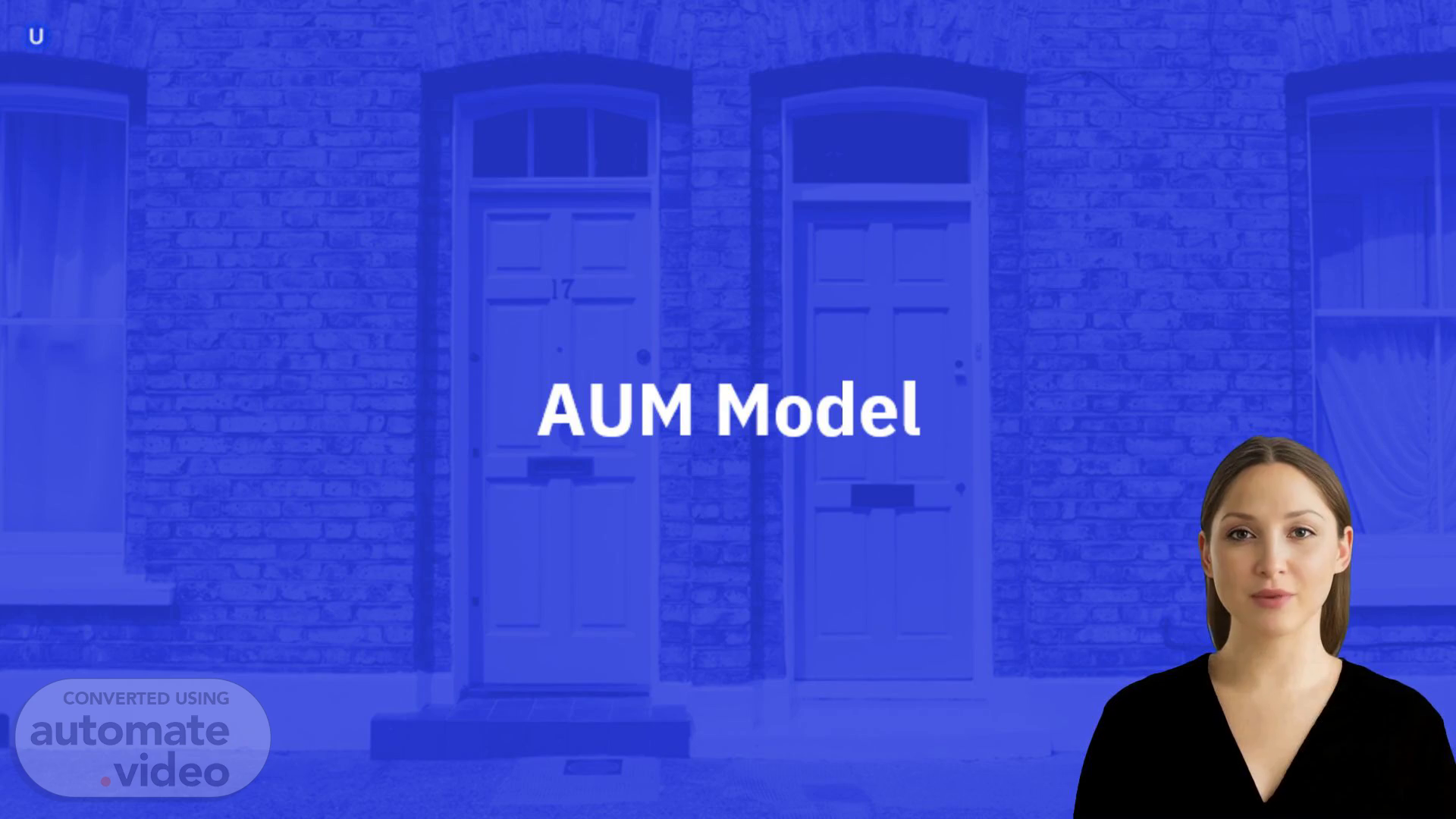Scene 1 (0s)
[Virtual Presenter] Good morning everyone! I am excited to present today on realized returns and the Sharpe Ratio. Today I will be discussing a flexible DCF-aligned model which can be used to estimate future A-U-M from current asset snapshots. We will also be exploring how to target exposures to H-P-A based on data and analytics. Let's begin..
Scene 2 (21s)
[Audio] This model enables us to make predictions about the potential future of our asset management portfolio. It calculates the estimated A-U-M via a present asset snapshot and adjustable assumptions. It follows a D-C-F approach with revenue projections from held assets management fees performance fees and obtained income from turnover. Additionally it is adaptive enough to let us experiment with different situations and accept various input assumptions. Our A-U-M model supplies us with useful insights into our origination scope L-T-V and delinquencies returns achieved returns and Sharpe ratio..
Scene 3 (1m 2s)
[Audio] Our AUM Model provides a tailored exposure to the housing sector based on our own data set and analytics. It takes into account our historic loan origination prime-only homeowners and Loan-to-Value statistics as well as returns realized returns Sharpe ratio active funded deals and origination to value for each quarter. The coupon rate monthly coupon rate and deferred coupon rate are calculated using the valuation date benchmark rate plus a "Unison spread" and deferred interest ratio. The discount rate is based on the benchmark rate..
Scene 4 (1m 35s)
[Audio] I am going to be discussing the AUM Model that will help us forecast asset under management by cohort. We will be adding returns realized returns and Sharpe ratio to our existing data. Additionally we will be looking at the asset value new origination funded deals and the time-to-maturity of the asset value. The A-U-M will be calculated by multiplying the survival probability of the asset value by the asset value which will be determined by several parameters such as the asset value the percentage of underlying home value leverage ratio modified duration calibration ratio and time-to-maturity. By comprehending the parameters of the AUM Model we will be able to anticipate our asset under management and plan accordingly for the future..
Scene 5 (2m 25s)
[Audio] AUM Model covers cashflows from termination coupon payments and deferrals. It enables us to work out minimal worth of all trades and the impact of each cashflow. It also evaluates survival probability prepayment probability default probability and a recovery rate for each cashflow. Additionally the model takes into account the probability of turnover and an age of up to three months. Consequently it furnishes us with a comprehensive view of the cashflows involved..
Scene 6 (2m 57s)
[Audio] The A-U-M model is an attractive method of investing as it allows investors to leverage their investments to increase their returns. As the deal matures the leverage ratio increases resulting in the value of equity sharing growing in the overall asset value. This offers investors numerous advantages for making investments. I have provided you with a clear picture of the opportunities available with the A-U-M model and I wish you success with your investments..
